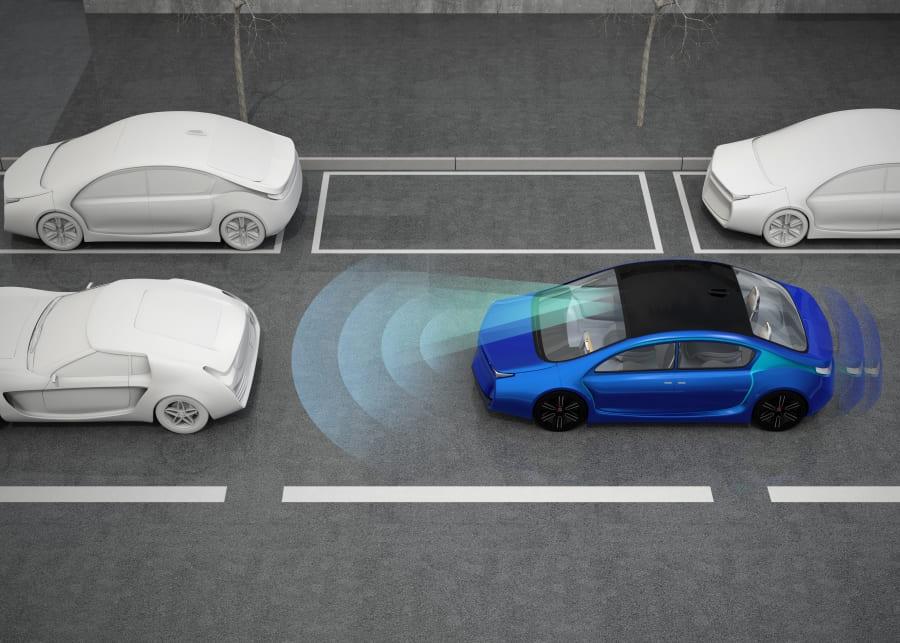
EBD stands for electronic brake force distribution. In terms of electronic control algorithms, it is an add-on to ABS. It works in tandem with other active safety systems, such as traction control. The system is installed on Toyota, Volkswagen, Renault, Nissan, Kia, Hyundai, and other cars. It redistributes the brake force between the wheels or axles according to the situation, vehicle load, and the quality of the road surface. Using this system helps reduce the braking distance.
How EBD works
The system avoids locking the wheels by regulating the working fluid pressure in the corresponding brake circuits. The control unit uses readings from the ABS sensors to determine the moment when locking starts. If necessary, it sends a command to close the corresponding inlet valve. Pressure in other circuits increases until ABS is engaged. If the wheel continues to lock, the outlet valves will then open. This leads to the pressure being reduced.
Popular cars equipped with EBD
- Toyota Corolla Verso AR10, Hilux VII;
- Renault Duster HS, Clio V, Megane III;
- Volkswagen Polo VI, Passat B8;
- Nissan Qashqai 1G;
- Kia Sportage III, Ceed III.

Causes of EBD malfunctions
- Contaminated ABS sensors.
- Insufficient working fluid, e.g. due to leakage.
- Incorrectly adjusted brake light switch.
- Broken electric wires.
- Oxidised relay contacts.


















Comment